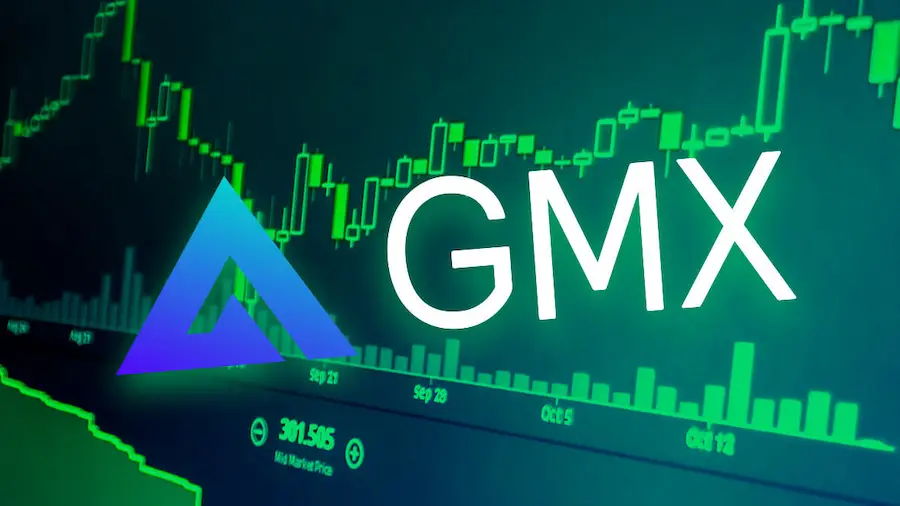By Jonathan Levin
Corporate profits are supposed to save the US stock market, but it may well prove to be the vehicle of its downfall.
In the latest example of troubled corporate performance, networking giant Cisco Systems told investors last Wednesday that supply disruptions rule out any sales growth for the current quarter, adding another to a series of negative outlook revisions this week by major players. of Walmart and Target Retail Sales.
There was a bloodbath in the stocks, the market as a whole was “attacked” by sellers and analysts began to reduce their estimates of where stock prices could close at the end of the year.
Reviews
Nearly 162 companies in the S&P 500 received lower price targets from analysts on Thursday, compared to just 62 that rose, according to data from Bloomberg.
The difference marked one of the most dramatic climate changes among analysts in the 11 years that data have been kept.
For months, market optimists have been convincing themselves that profits will support the stock market in the face of higher inflation over the past 40 years and rising interest rates.
In their view, the resilience of consumer demand would keep sales strong, but few bet that persistent supply chain problems would continue, which could lead to empty shelves one month and excessive stockpiles the next.
Analysts are now re-examining these hypotheses, but most likely as soon as they begin to seriously do so and have not even begun to work out the possibility of a complete recession.
If stock prices – in the final analysis – reflect the expected earnings and the corresponding multiplier – the price-to-earnings ratio or P / E – then the first part of 2022 was mainly about P, while the rest will focus on E.
Adjustment
Clearly, earnings expectations still have a lot of room to adjust. Bloomberg S&P 500 corporate earnings estimates continue to suggest a 10.1% increase in adjusted earnings in 2022, to about $ 227 per share. Even if the shares of the energy sector are excluded, which benefit from the increase in oil prices, the forecasts indicate an increase of 5.7%.
As DataTrek Research co-founder Nicholas Colas wrote on Thursday, much of this expected earnings per share (EPS) is loaded into the rest of the year. Investors are likely to feel the weakness of these forecasts, judging by the selloff of 4% of the S&P 500 on Wednesday, the worst since June 2020, but analysts have not yet reached there.
“This narrative is falling apart,” Colas said Thursday. “Every cyclical recession has those iconic days where the market realizes where things are going. And I think Wednesday was one of those days.”
So how low will the shares fall? Colas suggests looking at Wall Street’s “old” Rule of 20:
Λέει who says that inflation expectations plus the P / E ratio for the whole S&P equals 20, over time. Current 10-year inflation expectations are 2.7%, so the fictitious “fair value” is 17.3.
Coincidentally, this is about the multiple that the market is trading today. Assuming Colas’s empirical rule is correct and profits are down 5% from their previous rate in the last two quarters of the year, this produces an S&P 500 price of 3,616 points, according to Colas calculations, compared to with the closing of 3900.79 units on Thursday. Respectively, with a decrease in profits by:
10% = 3,425 units
15% = 3,235 units
25% = 2,837 units
Dangers
In a typical recession, earnings fall by 25%, says Colas, but you do not have to imagine the worst case scenario to see that stocks could fall even lower than they are.
There are many other dangers, of course, including a new wave of the coronavirus pandemic, Russia’s war against Ukraine, and the possibility that inflation will take root so much that it will not even disappear in an economic downturn – the nightmarish scenario of stagnant inflation.
What is clear is that profits are no longer a viable excuse to remain positive about the future of equities. Without this “pillow”, the market could continue to look down for quite some time.
Source: Bloomberg
I’m Ava Paul, an experienced news website author with a special focus on the entertainment section. Over the past five years, I have worked in various positions of media and communication at World Stock Market. My experience has given me extensive knowledge in writing, editing, researching and reporting on stories related to the entertainment industry.







